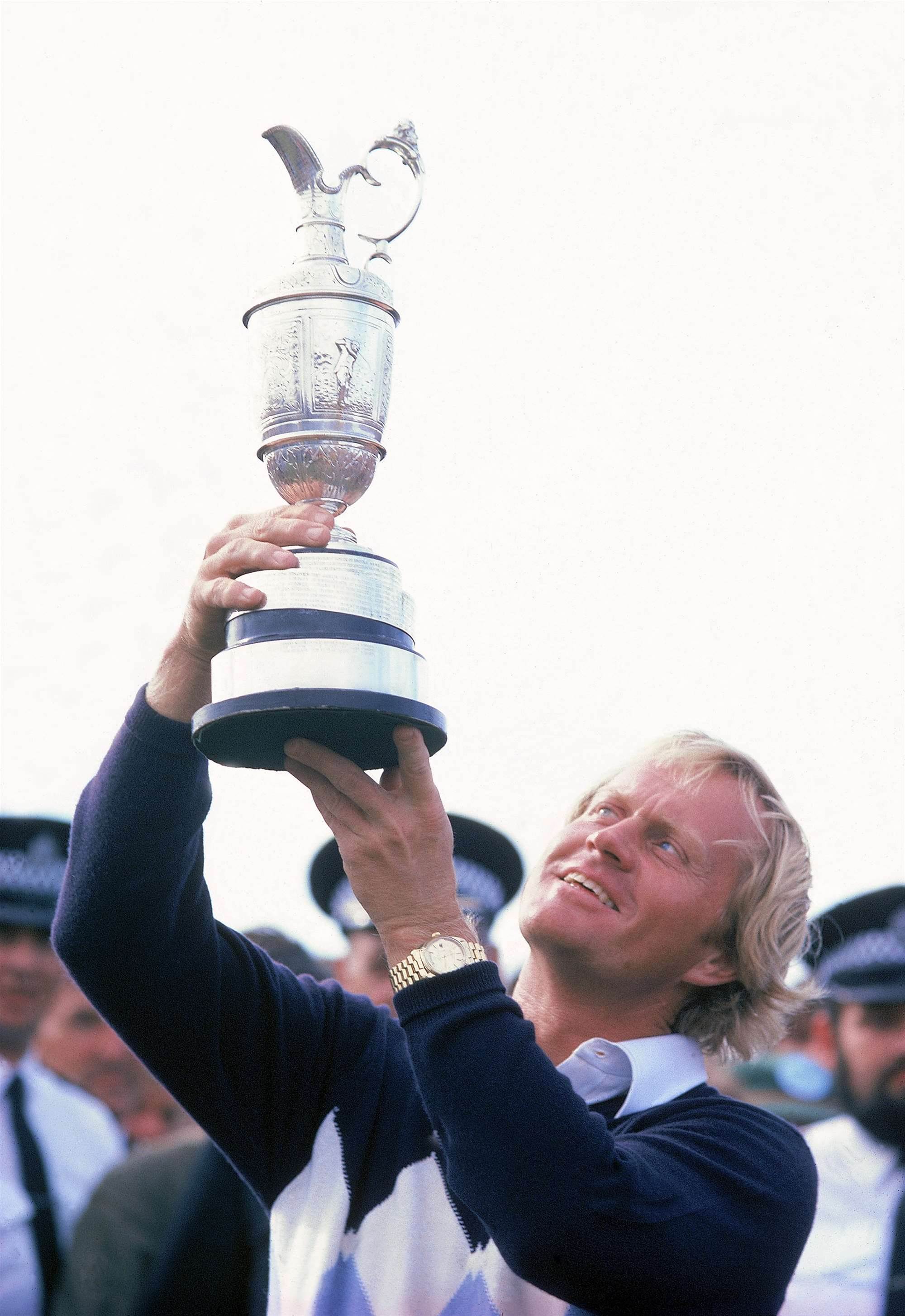In this upwardly-mobile, increasingly aspirational and ever-more technically sophisticated 21st century, it was inevitable. Oh, so inevitable. But it isn’t necessarily good or desirable.
Not when the art form that once was golf at its beautiful best is in danger of being submerged/destroyed/perverted – choose your own description – amidst an avalanche of scientific data. If it hasn’t been already that is.
Take a look at many of the names that have emerged at or near the top of the men’s game since the end of what will surely be known to history as the “Tiger Woods era.” I’m thinking of Jason Day. Or Adam Scott. Or Dustin Johnson. Or Sergio Garcia. Or Henrik Stenson. Or Justin Rose. Or Patrick Reed. Or Louis Oosthuizen. Or Charl Schwartzel.
These guys have much in common, other than their elite status. All are long off the tee. All are renowned for the high quality of their ball striking between tee and green. And, while none could ever be accurately described as a poor putter, without exception their work on the greens is actually the weakest part of their all-round games. The only top-player bucking this trend is Jordan Spieth, whose putting is clearly his biggest asset.

This is not a coincidence. While the application of cold-blooded science (definition: a systematic enterprise that builds and organises knowledge in the form of testable explanations and predictions about the universe) to the full swing through computer analysis, ‘Trackman’ data and ever-more in-depth analysis by ever-more informed coaches has produced a generation of almost robotic “flushers,” the same approach doesn’t seem to be nearly as successful on the greens.
The stick-out reason for this, of course, is that the putting stroke is an action performed outdoors over inherently unpredictable surfaces. It can never be reduced to a baffling combination of geometric angles and algebraic equations conceived in a soulless laboratory by nerdy little men in white coats. Great putting is all about innate attributes like touch, feel and imagination. It can never be reduced to mindless and constant reproduction of what some machine might tell you is a “perfect” stroke. It is, in short, one of life’s – and golf’s – great mysteries.
So it is that the current crop of star names are each a product of their environment. Swings are more and more homogenous. Shots increasingly lack variety of shape and flight and the game at the top level is closer to one-dimensional than it has ever been.
Much of this has to do with the evolution of equipment. The ball flies so quickly off the faces of huge, metal-headed drivers that it has little of no opportunity to bend anything more than a few yards left-to-right or right-to-left. So it is that there are virtually no bad drivers in the world’s top-100 players. No longer can the truly gifted – see Greg Norman, Nick Price or Ian Woosnam – separate themselves from the competition by dint of superior ability with the longest club in the bag.
Albeit less so, the same is true of iron play. With the possible exception of the brilliantly erratic eccentric that is two-time Masters winner Bubba Watson, today’s best do not shape their approach shots into flags. Not to any significant extent anyway. It’s just too hard to make the modern ball spin sideways. So hardly anyone does. Why make the game any more difficult than it already is when there is so much money to be made?

One consequence of this increasing parity was underlined by the recent victory of Jimmy Walker in the USPGA Championship at Baltusrol. With his win, the lanky Oklahoman became the fifth successive first-time Grand Slam champion. In a year dominated by talk of the “Big Three” – Jordan Spieth, Rory McIlroy, Jason Day – or a “Big Four” – add Dustin Johnson – only the last named will celebrate Christmas as the holder of a major title. The reality is that domination on the scale we saw from Jack Nicklaus and Tiger Woods is increasingly unlikely.
Throw in the depressing sameness of challenge offered up to a majority of the top players on America’s PGA Tour, and that already slim likelihood dissipates further. But the greatest sadness of all this is that we have lost the ability to compare the strengths and weaknesses of different generations with any kind of accuracy.
Was Nicklaus really greater than Woods? Was Lee Trevino a better and more versatile shot-maker and creator than Bubba? Did Seve Ballesteros or Phil Mickelson have the better short game? While acknowledging the subjectivity of those arguments, we’ll never know. Not really. Because the game played on Tour today is so far removed from that of even 25 years ago.
Related Articles

Scottie Scheffler joins Tiger Woods in rarefied air

Cleary: Tiger can heal and play and win again. You want to tell him he can't?













